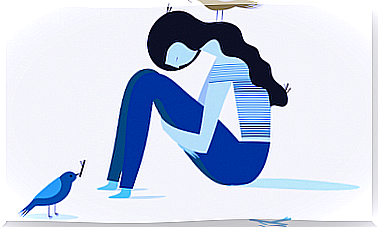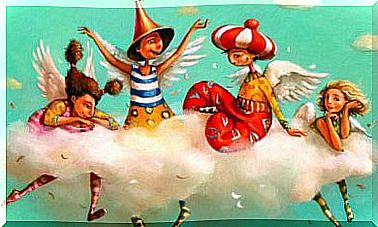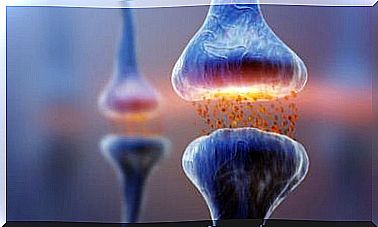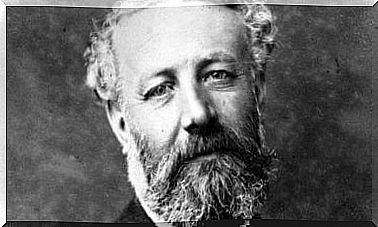The Theory Of Mind: The Secret To Connecting With Others
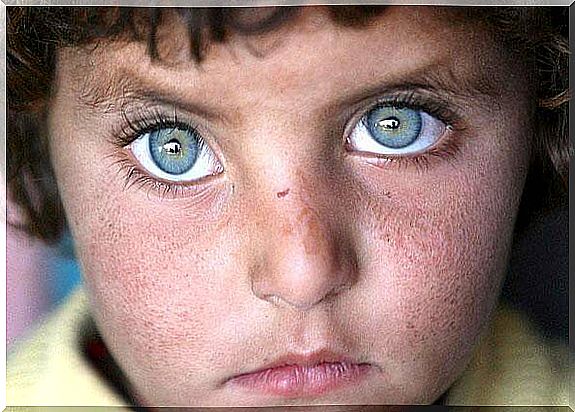
The theory of mind has traditionally been used to analyze the explanations that people give about their own behavior, basically referring to the faculty we have to understand our behavior and that of others. In order to understand it better, we can give you a simple example. Imagine that one day you go home and your mother gives you a beautiful box of chocolates. You open it and inside, there is a set of keys. As it is already empty and the box is very decorative, she decided to use it to store things.
A few hours later your brother comes home and sees this box of chocolates in the living room. What do you think he’ll think is inside? Evidently, you will think of chocolates. But let’s go a little further, considering the mind of an autistic child: his teacher shows him a plastic tube that is usually sold filled with chocolate or sweets and asks him: “What’s inside?” The child obviously says: “candy”. But the teacher opens the tube and shows a pencil. And again he asks the child: “And if I show it to your mother, what will she think is inside?”. The autistic child answers: “a pencil”.
The theory of mind has this purpose: to understand which processes make us understand the behavior of others, and can also predict some of their actions.
Most of us have a theory of mind
The theory of mind is an expression used by psychology and philosophy to designate this ability that most of us have to think about how people will react and make assumptions about their behavior. This concept was introduced to us by Baron Cohen, pointing out that there are studies that show us how animals, in addition to this ability, know perfectly well when one of their owners is playing fight or actually fighting. And they can even draw conclusions about our behavior… it is, essentially, a strategic thinking to reflect on the knowledge itself.
Scientists also tell us that we all start to show a theory of mind at about 3 or 4 years old. At that moment, a congenital capacity is activated, through which we begin to interact with our environment, understanding the rest of human beings, looking at their faces and showing what it means to be happy or sad, developing this essential dimension called “intuition”.
Autism and the theory of mind
There are some people who are not able to develop a complete theory of mind skill. Autistic people, who suffer from an innate pathology, are not able to establish bonds of affective contact with the people around them; their autistic loneliness prevents them from interpreting emotions, their communication is limited and very restricted, and their behaviors are stereotyped.
Humphrey (1986), told us, for example, of his lack of the “ inner eye”, which allows us to know what happens to people and how we should behave according to their emotions. Of course, we cannot “read minds”, but we do have basic and essential theories about how the mind itself works. We can intuit how people will react, as we put ourselves in their shoes. We can predict, from our own experience and our sensitivity, what they feel and why they do certain things. Our empathy and our cognitive flexibility are indispensable pillars.
People with autism spectrum, on the other hand, are governed by automatisms where they find their order. Some may have a sharp logical-mathematical intelligence, but our social reality is so complex, so riddled with ambiguities, implicit codes, non-verbal languages and emotional universes, that they feel unable to reach that theory of mind where emotional reciprocity it is basic, where there are ulterior motives and complicated social signals that cannot be understood.
The theory of mind is therefore a biological phenomenon, innate and instinctive for most people. It is, without a doubt, a wonderful legacy that allows us to relate more efficiently to ourselves.

